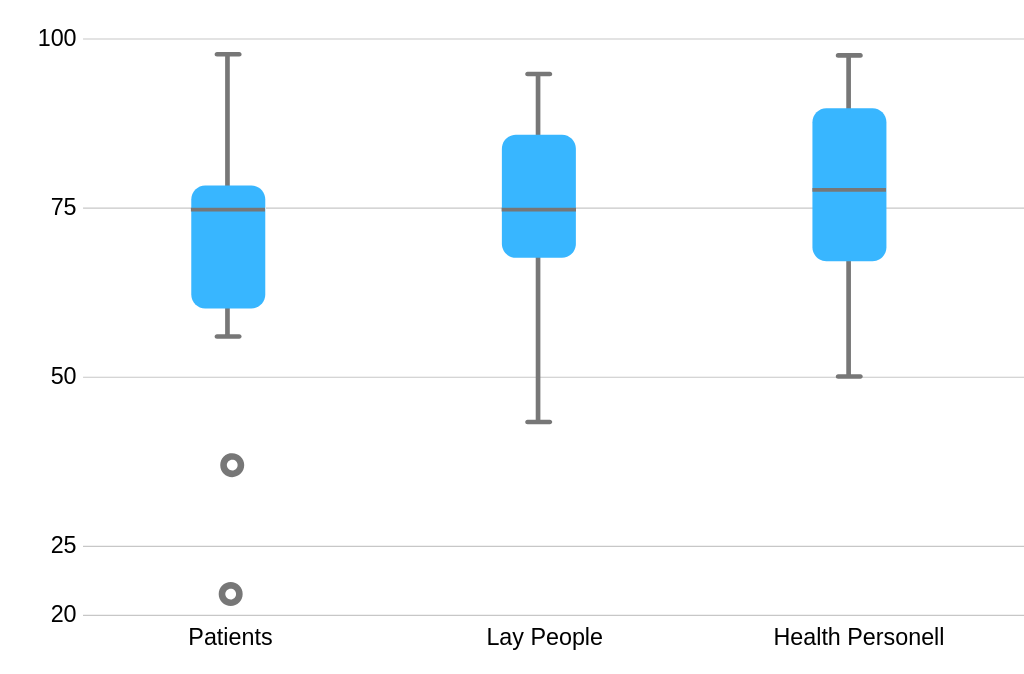- Back-end: C#, JS, Azure SQL Server 2016, ASP.NET technology with .NET Framework stack
- Front-end: Html 5, CSS 3, JS, D3, jQuery, Bootstrap, Moment, DataTables
- Mobile app: Apache Cordova 5.1.1, Ionic SDK, PhoneGap
- QA: Fiddler, Postman, Wireshark, OWASP ZAP, Jmeter, Android SDK Tools, Jenkins, Maven and TestNG.
- Mobile app: Apache Cordova 5.1.1, Ionic SDK, PhoneGap
THE CHALLENGE
Bipolar disorder is a rather widespread mental illness that impacts the wellbeing of people all over the world. At the same time, however, an optimal treatment method has yet to be developed. Even when medicated, 60–85% of patients suffer at least one manic or depressive relapse within 4–5 years, a third of patients do not respond to therapy, and poor adherence to treatment affects 20–60% of subjects, resulting in frequent hospitalizations and increased risk of suicide.
In search for a solution, Innlandet Hospital Trust reimagined the treatment approach, making it more patient-centric. This optimized method is intended to engage patients in the healthcare process, while integrating their values, preferences, and lifestyle with medicinal research data and taking into an account that treatment efficiency can vary with time. Only this way are patients likely to get the best outcomes from their therapy.
Another problem was the nearly non-existing effect on patient wellness or mortality rates as a result of the many available m- and e-Health solutions. The key reason for this failure may be the fact that most existing technologies were tailored for either patients or doctors. A system involving both of these groups can be significantly more efficient due to streamlined communication, personalized treatment, and real time data sharing.
To meet this goal, the client is required to follow these criteria:
Shared decision-making
 The system should allow patients and hospital personnel to evaluate the pros and cons of treatment options to come up with the most effective solution fitting the patient’s particular preferences.
The system should allow patients and hospital personnel to evaluate the pros and cons of treatment options to come up with the most effective solution fitting the patient’s particular preferences.
Single-subject research designs
 The solution should be able to assess whether a remedy is efficient for an individual rather thanfor a group. SSRD helps to reduce trial and error in detecting the right treatment method.
The solution should be able to assess whether a remedy is efficient for an individual rather thanfor a group. SSRD helps to reduce trial and error in detecting the right treatment method.
Multi-criteria decision analysis
 The MCDA framework serves as a basis for the system database and is used for consistent integration of data coming from different sources and connecting the main modules into a holistic system.
The MCDA framework serves as a basis for the system database and is used for consistent integration of data coming from different sources and connecting the main modules into a holistic system.
Additionally, the application should meet all legal and software policies used in Norwegian healthcare establishments.
THE SOLUTION
The main purpose of the DECIDE Treatment application is to help patients be better informed about their own therapy. The app involves them in healthcare decision-making through an intuitive, comprehensive and a fully personalized web and mobile portal tailored particularly to their personal medical records.
The process is organized through the incorporation of risks vs. benefits scenarios when selecting treatment options. This mechanism gives people more responsibility in terms of therapy, while enabling doctors to collect data, so they'll be able to provide better options in the future.
Functional features:
-
Calculates and visualizes the best medical options for an individual using a transparent algorithm called the simple weighted sum equation
- Provides patients with a clear and detailed description of all benefits and concerns associated with the prescribed treatment, as well as its lifestyle implications, thus empowering informed decision-making
-
Empowers patients to track their progress within selected timespans, enabling them to re-assess their choices
-
Provides easy sharing of healthcare information with doctors and other involved parties
-
Stores patients’ personal records in compliance with severe privacy and information security policies
-
Collects research data on the effectiveness of new treatment approaches for such illnesses as bipolar disorder, lung disease, stroke, and other common disorders.
System in context:

Patients collect information using mobile devices; this information is combined with default data from studies. The derived result is presented to patients and doctors on three types of decision support panels, helping them develop the best treatment option together. (June 2017)
EXPERTISE DELIVERED
Innlandet Hospital Trust has decided to on the Intersog team for all development and UX design activities. The company was chosen due to having extensive expertise in mobile development, previous experience with e-Health projects, and a genuine interest in their idea.
"It was clear from an early stage it would be possible to get more done using more qualified people by looking overseas. Although we had a limited budget, we required a partner that was able and willing to innovate. Intersog was that partner"
Dr. Eiring Øystein, Head of Department of Knowledge Support at Innlandet Health Trust
UI/UX DESIGN
The task for our design team was to develop a UI that could be easily handled by people with mental disorders and with no experience in the use of mobile applications. After interviewing potential users and studying the research and up-to-date approaches, our designers have settled on a relaxing color palette based on shades of light blue and white.
Our UX/UI design team provided:
- 50+ eye-catching screens
- A style sheet to facilitate further development
- UI tests for intermediate builds of the application and bug fixes in the code powering visual elements
PROTOTYPING AND DEVELOPMENT
Intersog specialists worked hand-in-hand with the client, the system architect, and a tech writer to invent an intuitive and easy-to-use UX basis for the future app. After two months of work, an actionable prototype and all required functional design docs were ready.
All further updates were made on the basis of formative usability testing with patients and medical personnel. On-going feedback helped the team to develop the first-release version into a sophisticated tool, embracing 6 health-optimization strategies:
|
Strategy |
Implementation |
| Find the best treatment | Ranks all available treatment methods based on all accessible data and user preferences; provides comparison of all treatments on all potential outcomes, shows how changing preferences can impact the ranking; automatically removes inefficient treatments and irrelevant outcomes; combines the assessments of treatment effects from studies, patient feedback, and doctor's records. |
| Find the best dosage | Visualizes the impact of various dosages on subjective and objective health; Shows the long-term effects of various dose strengths. |
| Increase treatment adherence | Reminds the user to take the remedy; Presents the impact of the treatment over time with regard to lifestyle, adherence, and overall health. |
| Live more healthily | Empowers users to select relevant lifestyle measures, add them to the treatment plan, and set up notifications helping to follow these measures Provides detailed statistics on how lifestyle preferences affect therapy |
| Get support | Allows sharing of healthcare data with relevant parties Warns select users when something goes wrong with the treatment process |
| Improve the decision process and decision satisfaction | Helps patients and clinicians to make optimal decisions in accordance with patient-specific requirements combined with information from studies. Tracks and visualizes the efficiency of decisions made |
THE OUTCOME
In the crafting of a user-centric application, the client was especially concerned about usability. To prove the high quality of the interface, numerous usability tests were performed. The assessment criteria were the System Usability Scale (SUS scale), which is the industry standard for measurement. The average SUS score is 68, so any higher score is often associated with a “good” product.
The mean ± SD (median) SUS score of the DECIDE treatment app was 78 ± 18 (75), suggesting that usability was on point.
Summary usability testing:

Testers were generally satisfied with the experience and found the product very useful. Here are a few comments from test participants:
“The best app I have tested for my condition. This system will be useful for many doctors and patients” (patient)
“The system gave our conversation a head start, and helped the patient and me concentrate on what was most important to her” (doctor)
On December 1, 2014, DECIDE Treatment was introduced to the Royal Norwegian Ministry of Health and Care Services and to the Norwegian government as represented by the Prime-Minister of Norway and the Minister of Health. The app received positive feedback and was included in the political reports presented to the Parliament.
"Thanks to the creative and hard-working people of Intersog as well as their mobile development expertise, this tool is beyond the cutting edge in terms of usability and UX."
Dr. Eiring Øystein, Head of Department of Knowledge Support at Innlandet Health Trust
Learn more about this project:
The full review of the project by Dr. Eiring Øystein and his teammates on Springer.com.
Interview with Dr. Eiring Øystein



